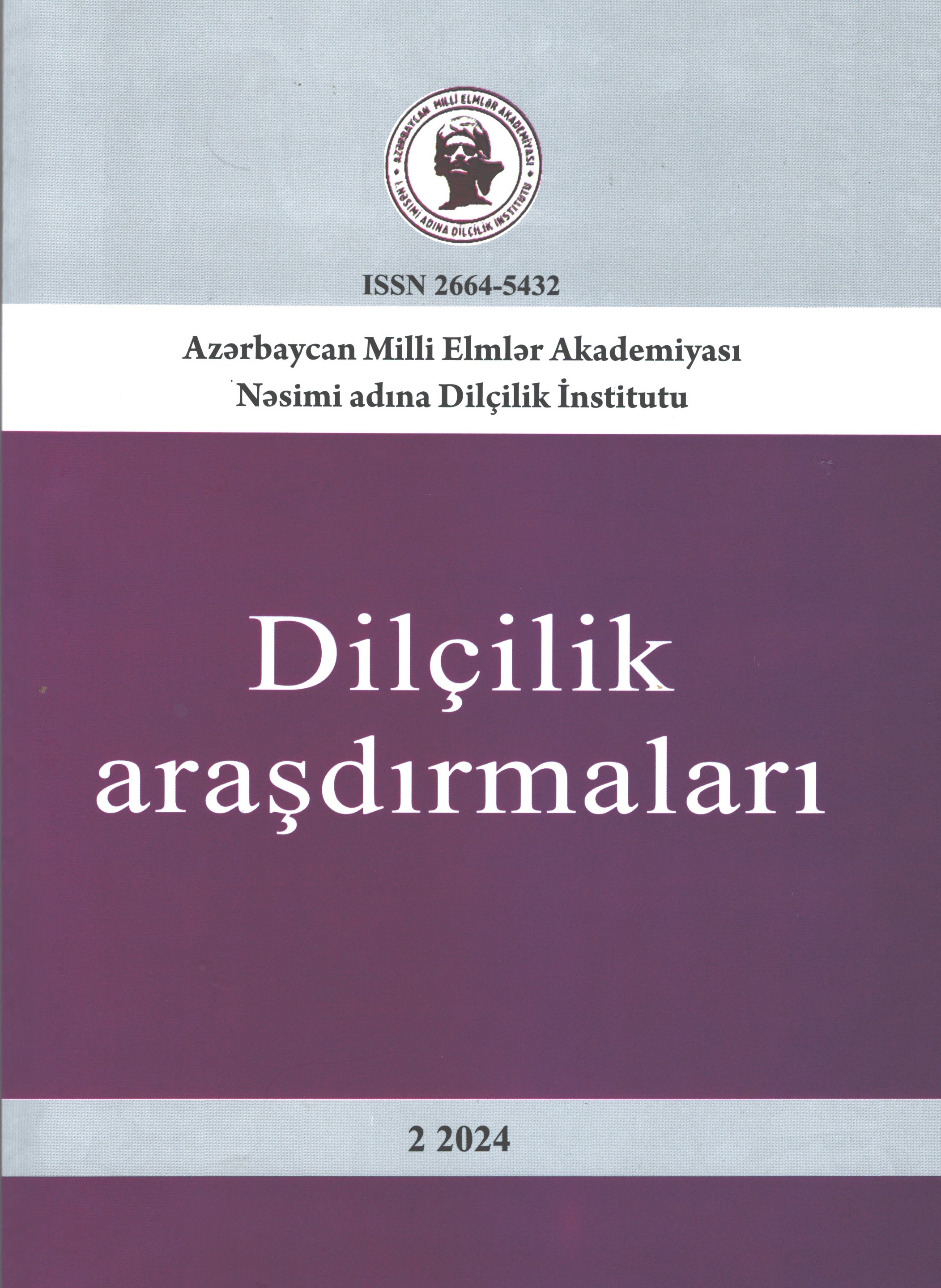MICROTOPONYMS OF NCISI SHUSHA DISTRICT OF KARABAKH
Keywords:
Karabakh, region, Shusha, city, microtoponymAbstract
As a result of researching microtoponyms, it is possible to identify ethnoses that are closely involved in the development of the ethnic history of our people. The regional characteristics of these onims once again confirm that they have a large number of parallels that existed not only in the Karabakh region, but also in the territories of Georgia, Western Azerbaijan (now Armenia), and Turkey. This can provide enough microtoponymic materials for determining the areas of such el-oba names. The microtoponyms that fully reflect the microtoponymic landscape of the Karabakh region (Shusha city), which we involved in the research, have not been made into a complete system, and the geographical onims of the regions belonging to the area have not been analyzed in detail. Systematic division of village names into groups, their main role in the creation of microtoponyms of national origin, determination of lexical, morphological and syntactic features in the structure of such geographical names, etc. such issues are one of the topical problems of the time from the aspect of linguistics and are of great importance. These names also provide information about the historical grammar, lexicology, and etymology of the Azerbaijani language. The collection of place-names in the Karabakh region (Shusha city) makes it possible to obtain complete information about Turkic-speaking peoples, generations, and tribes living in the area since ancient times. A certain part of these ethnonyms are mountain, valley, hill, flat, gobo, steppe, river, steep, steep, garden, meadow, winter, road, neighborhood, etc. preserved in their names. The microtoponymic units formed from anthroponyms, ethnonyms, zoonyms, and phytonyms in the Karabakh region (Shusha city) have a very rich structure. In the different residential areas of the Karabakh region, which has history in every corner, the material and cultural monuments that are the harbingers of the ancient times of history reflect the art, profession, occupation, beliefs, outlook, etc. of the people living in the area. provides extensive information about

